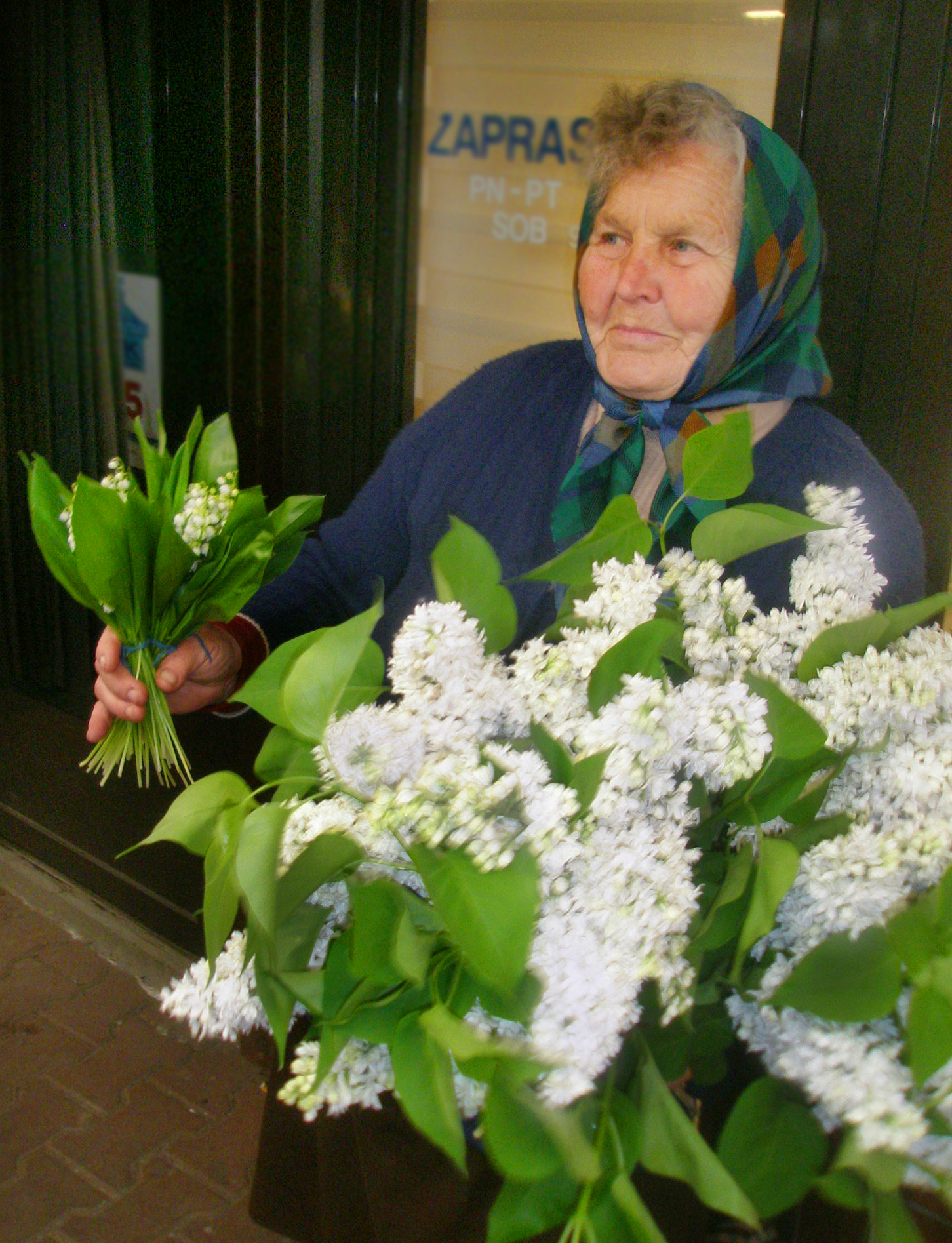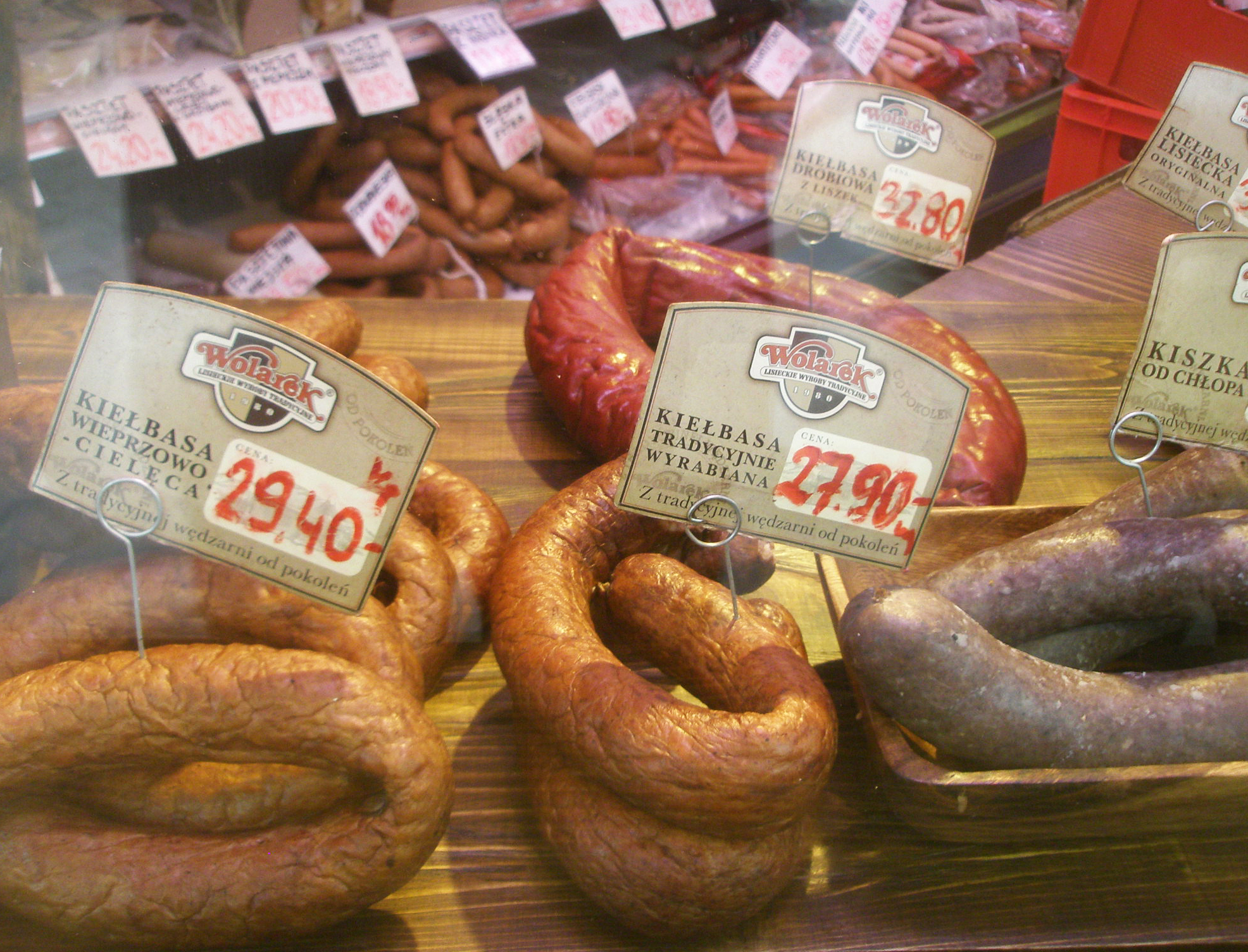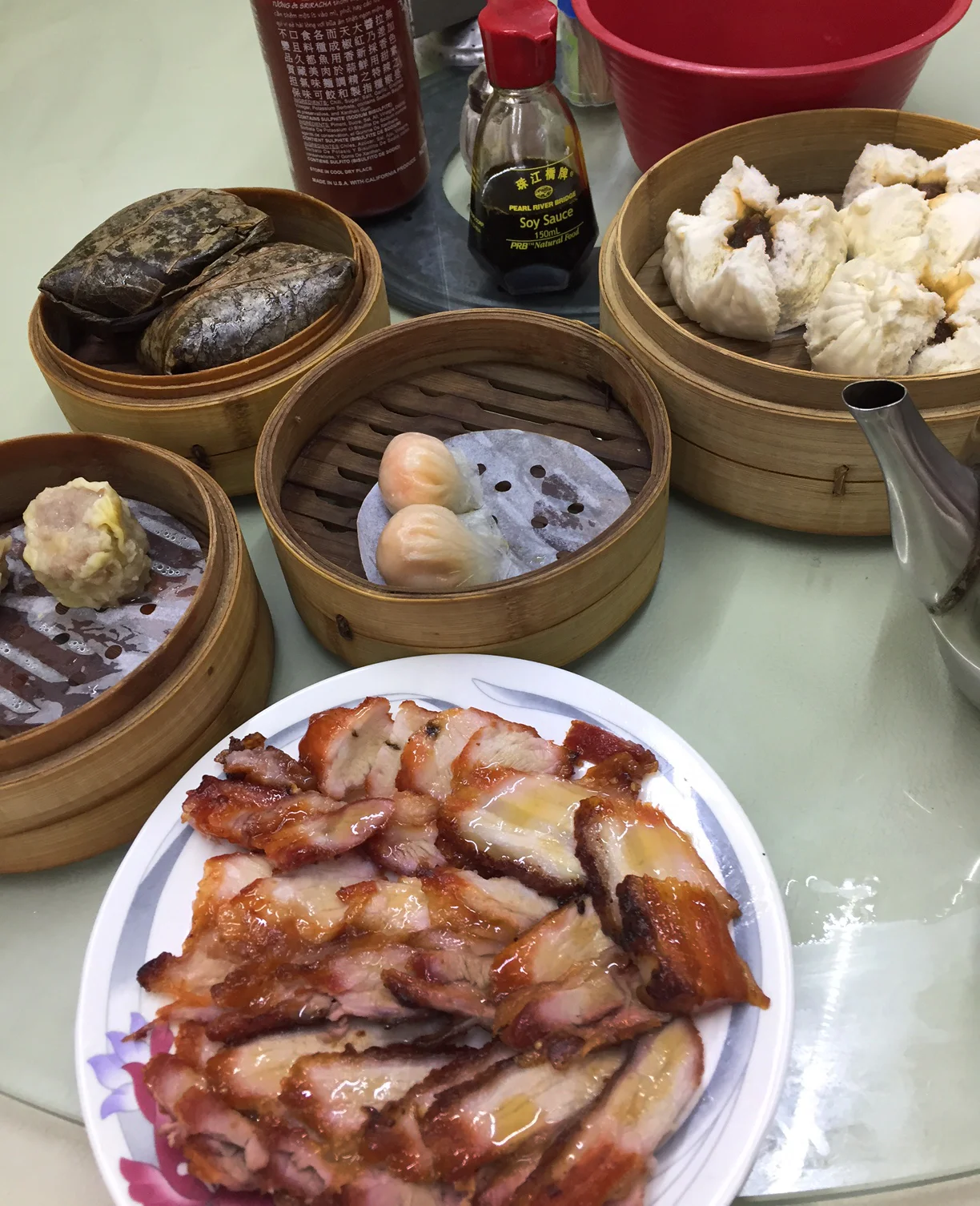A Polish market: It’s no joke
Poland. Just the mention of the word made me chilly. Bleak, unforgiving landscapes, cities, bleak and soulless, bombed out and rebuilt by the Communists. A place you want to leave, not visit. Or so I thought until I went there.
Our arrival was not promising. We exited the airport and trudged down a dreary road flanked by barbed wire. The sky was grey and it was cold. The “station” turned out to be a set of tracks and a small shelter. A woman in a beige raincoat and a scarf waited with her suitcase. I wondered, were these the same tracks that served the camps just an hour away?
Krakow
Things started to look up as I arrived in downtown Krakow. This city, unlike Warsaw, was left unscathed by wartime bombs. An old renaissance-era center, which has been restored in recent years, survives. Storybook-like Wawel Castle sits peacefully atop its hill, surveying the scene. Restaurants, shops and bars line street after street of pretty four-story buildings. There’s a thriving music scene in underground jazz clubs, filled with tourists from all over the globe.
When I arrive in a new town, the first thing I look for is the market. Seeing what people buy to eat gives you an insight into their character. And, let’s face it, I love thinking and talking about and looking at food. I didn’t expect much from a Polish market, in fact I didn’t even expect there to be one. But when I entered the ‘Stary Kleparz’ market, a couple of blocks from my apartment., I felt like Alice stepping through the looking-glass. I experienced a Proustian sensation of wistful nostalgia, both happy and doleful.
When I grew up in New York old-style Jewish delicatessens flourished. Every neighborhood seemed to host one. Oh, the smell of those old delis! Chickens twirled, roasting in the window as you entered. Aromas of oily smoked fish, garlicky pickles, fresh baked bagels and caraway-dotted rye bread enveloped you. The glass case/counter, which seemed impossibly high to a 6-year-old, afforded a spectacular view of bins of fresh gleaming cole slaw, potato salad, pickled and creamed herring, bright green and muted olives, the pickles, tangy cucumber salad, creamy rice pudding. I loved those magical places, so emblematic of where we lived.
My mother was spare in her shopping. She’d order a bit of sliced liverwurst, a pickle or two, maybe a half-pound of gefilte fish. When my hefty Uncle Dave came to visit from deli-challenged Cleveland, he’d head straight to Russ & Daughters Appetizing on Houston Street, returning with large bags of smoked sturgeon, lox, whitefish salad and other mysterious containers. There was Katz’s, Ratners, the Carnegie. And then, of course, there was Zabar’s, the place Woody Allen made famous. Until the 1970’s this celebrated Upper West Side venue was a small and simple Jewish deli. Back then, the wait at the smoked fish counter, where pushy customers lined up six deep, was interminable. Portly, gruff voiced customers scolded equally rough countermen for slicing the nova too thin or too thick. “Com’on, Murray, you know how I like it!” could be heard above the hubbub.
Those guys are gone now and there’s no wait at fish counter. Only a few old-time delis remain in Manhattan, but their style has changed. Zabar’s now sells more balsamic vinegar and white lasagna than lox and cream cheese. The ‘new New Yorkers’ don’t know from matzo balls.
So when I entered the semi-covered ‘old’ Kleparz market in Krakow I stood frozen in my tracks: one deep breath and I was a child again. Those distinctive, intoxicating smells brought me right back to a Saturday morning in 1964. “My God, this is the source” I thought, astonished. I hadn’t expected that kind of food to be there. There are few Jews now in Poland, Lithuania, Belarus or Russia, from where my family and their cooking emigrated, and I assumed their food had disappeared with them. But here it was in all its appetizing glory.
Despite the chilly weather, shoppers browsed the aisles of this vibrant traditional marketplace. A cheery cap-decked old-timer, sold perfumy bunches of lilacs for about $1, competing with a babushka-clad lady across the way. An ancient crone, nary a tooth in her head, proffered soft, white fresh cheeses, while her neighbor sold pretty molded smoked ones from a basket.
Vegetables were as varied as one might expect during springtime in Northern Europe. Bright green cucumbers looked off-the-vine fresh, as did leeks, parsley, lettuce, cabbage and the requisite dill; fruits looked imported. And then there were the potatoes, at least four different kinds: yellow, white, reddish, some as large as a grapefruit, others small as a marble.
But what struck me was the elaborate ‘deli’ food, still proudly prepared, displayed, consumed. Rows of brilliantly colored salads are on display, some familiar, others more exotic. With a little help from Google, I was able to translate some of the labels: herring in tomato sauce, Greek style cod, Hawaiian herring, and one that translated simply as ‘vegetable’ and turned out to be the archetypal New York cole slaw.
The preserved fish counter, whose pungent smoky aroma was discernable from 10 yards away, seemed a recreation of Zabars’ own, even though I know it is the other way around. Smoked salmon, whole and in chunks, translucent white sturgeon, blue-striped oily mackerels – it was all there. At the end of this aquatic display were even tossed a few familiar packages of pre-sliced lox and a couple of jars of creamed herring. At the bread stand, hunks of exemplary rye bread, their textbook perfect golden crusts were offered alongside dark pumpernickel and bagel-like rolls. I shopped, chosing what looked like a small piece of rye, a quarter of a loaf; it weighed in at two pounds.
I knew about Polish kielbasa but had no idea how many sausages and preserved meats I would find. The charcuterie stand had more than 100 items to choose from. I left with a foot-long krakowska, the local specialty, a narrow, deep-red, tightly pack hunk of pork redolent of garlic and hot pepper.
I hadn’t even had a chance to enter a local restaurant, where I would later sample rich, meat-stock-based beet soup, more complex than the simple cold borscht I remembered. I would gorge on tender roast goose leg accompanied by sweet and sour red cabbage. I tackled a plate of bigos, a hearty meat sausage and cabbage stew--the national dish—chased by the thick, heart-warming local vodka my grandfather loved. I loved Zapiecek, a 24-hour pierogi joint, where I ordered the ruskie, a mixed plate of al dente Polish ravioli, slathered with sour cream.
But I had to return to that dream-like market. It transported me to a more innocent time for me when the sights, sounds and smells of food began to define who I was.











